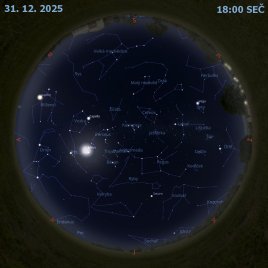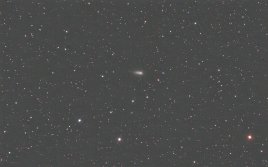Hlubinami vesmíru s dr. Michalem Zajačkem, jádra galaxií

Autor: TV Noe
V tomto díle se blíže podíváme především do center galaxií. Průvodcem nám bude RNDr. Michal Zajaček, Ph.D. z Masarykovy university v Brně. Jaké jsou černé díry uprostřed galaxií? Jak velké jsou? Jaké mají vlastnosti a co o nich již víme? Například v naši Mléčné dráze se nachází „podvyživená“ černá díra. Proč? Je to opravdu pro mnohé z nás až překvapivě málo, kolik hmoty za jeden rok pohltí. A jak na tom jsou velké černé díry ve velkých galaxiích?
Výzkum jader galaxií je často předmětem těch největších observatoří světa. Je zajímavě se podívat, jak se poznávají velikosti černých děr v jádrech galaxií. Úchvatné jsou výtrysky z center galaxií – kde je nalézáme, jaké jsou rychlosti u tzv. jetů….
Vydejme se na cestu do středů galaxií s dr. Michalem Zajačkem a nechme se vtáhnout do úžasných končin vesmíru.
Premiéru odvysíláme v sobotu 7. září 2024 ve 22:15 na TV Noe.
Podobnosti o vysílání https://www.tvnoe.cz/porad/40618-hlubinami-vesmiru-s-dr-michalem-zajackem-jadra-galaxii
Po odvysílání premiéry bude pořad ve videotéce TV Noe https://www.tvnoe.cz/






